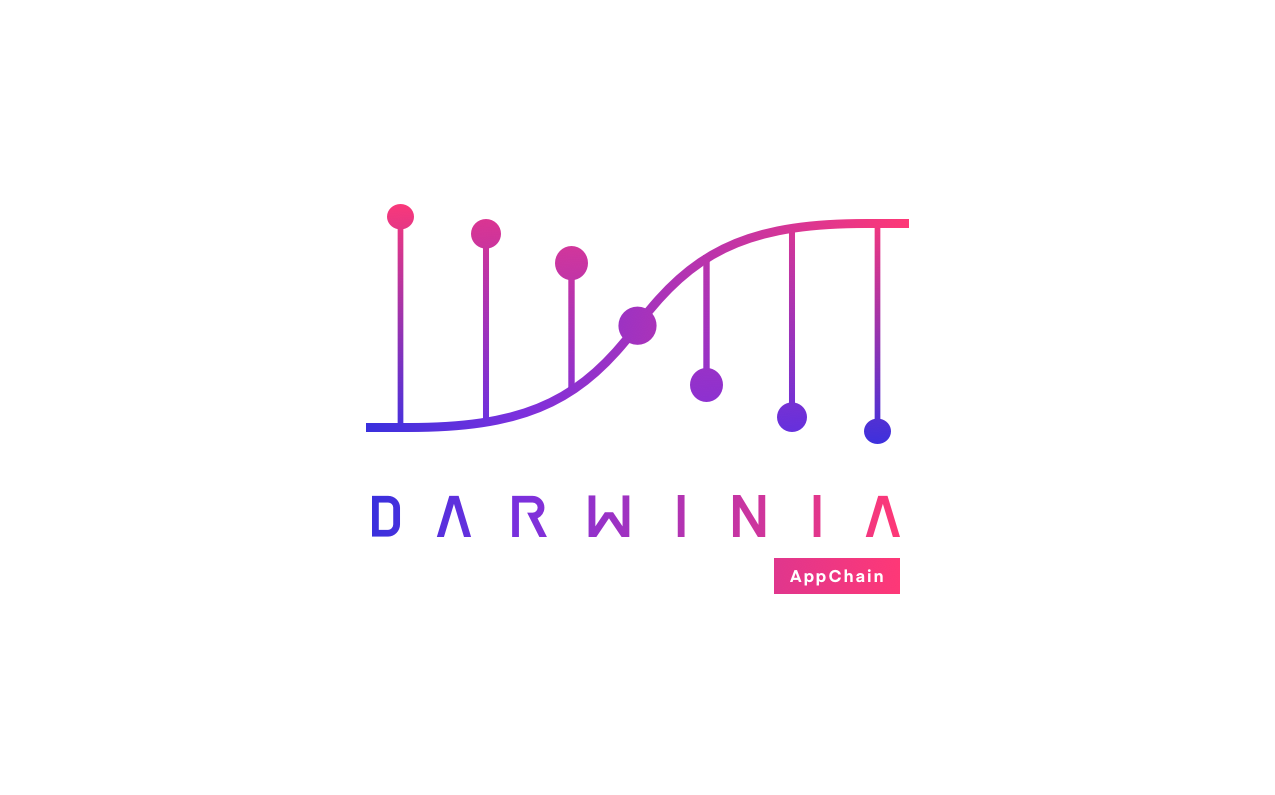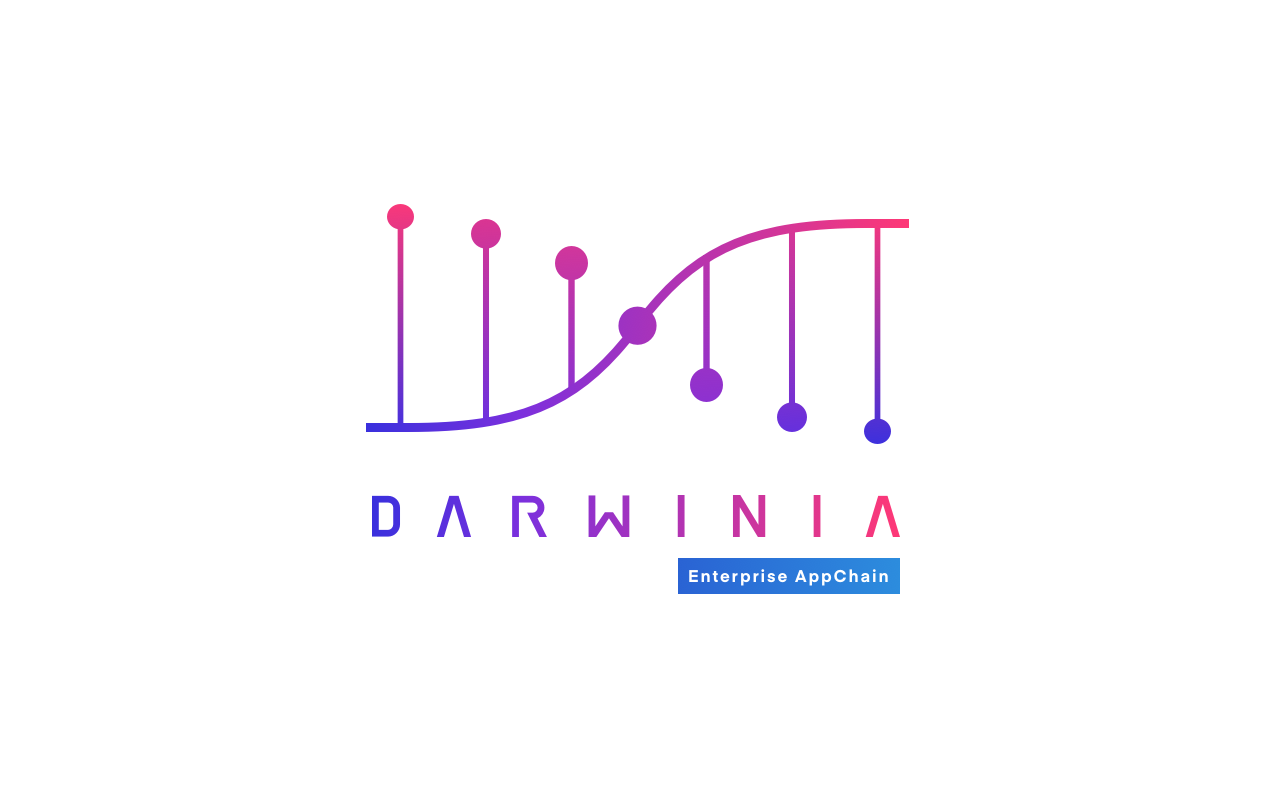Darwinia Introduction
Darwinia Network provides developers the scalability, cross-chain interoperability, and NFT identifiability, with seamless integrations to Polkadot, bridges to all major blockchains, and on-chain RNG services.
More details can be obtained through Darwinia Genepaper.
RFCs
Darwinia RFCs(Request for comments) describe standards for the Darwinia Network, including core protocol specifications, client APIs, and standards proposals.
The protocol and standard research’s work is divided into two parts. The first part comes from the community. Darwinia Network accepts any RFC submission from the community, including new additions, improvements and modifications. These RFCs will be open to the community and fully discussion and research to reach a consensus. The second part is from the core research team, which is responsible for organizing RFCs, organizing RFC peer audits and security audits, using Darwinia Network governance models and tools for protocol governance and voting, and forming a final agreement design draft for delivery to the protocol development team.
The submission and management of RFC documents is currently carried out on Github and can be accessed if you are interested.
Contributing
Discuss RFCs
If you are going to comment on some existing RFCs, or maybe just come acrross some good ideas and thought on the Darwinia Network. You can simply creating a new issue on the Github Issues.
The recommended language is English, and make sure that questions and information are well organized and formated, so that others can easier to understand and communite with you. One more thing, be sure to following the Github issues conventions such as good tagging and stay in topic.
Propose New RFCs
First review RFC-0007, this could also be seen as a RFC template.Then clone the repository and add your RFC to it. Then submit a Pull Request to Darwinia's RFCs repository.
The RFC source files are required to be in markdown format. Typora is a editor recommended for editing markdown files, it also have a good support for inline and Latex Formula. To view the Formulas in web browser, there is a chome Mathjax Plugin to help correctly render Latex Formulas in markdown documents in Github.
Translation
If the status of the RFC are published or final, you can contribute by helping with the translation. This project use Crowdin to cope with translations.
If you are ready, just go to https://crowdin.com/project/darwinia-network-rfcs .








